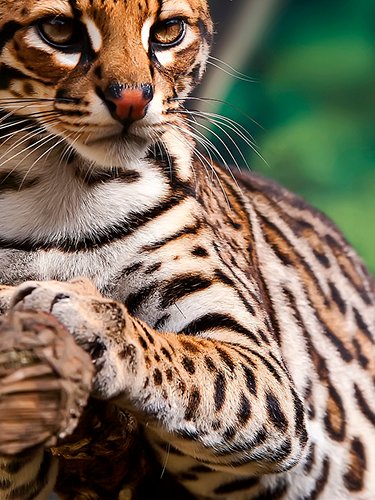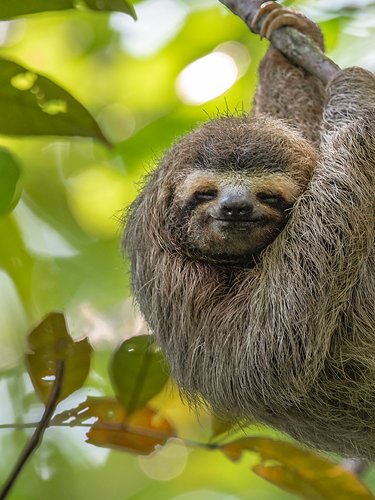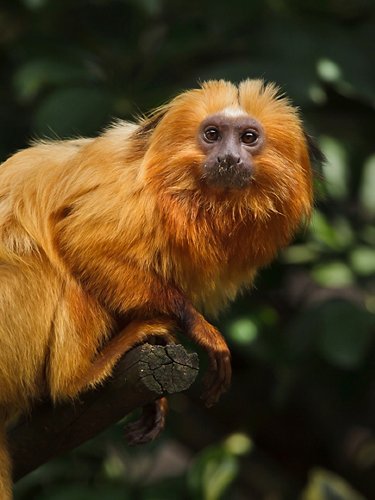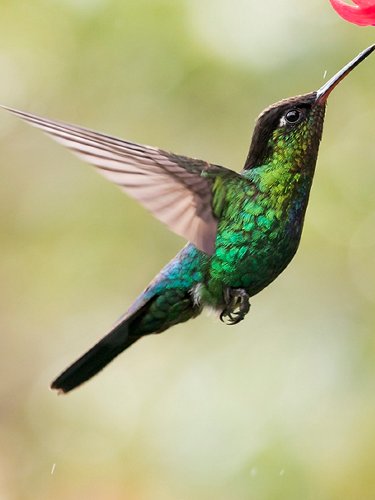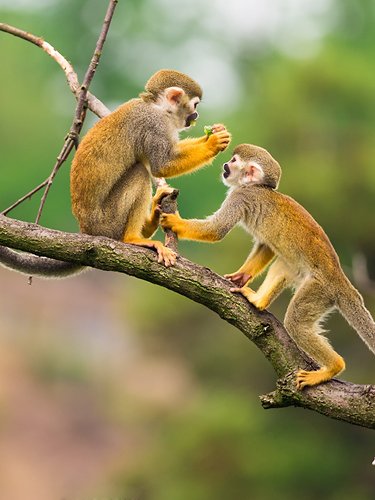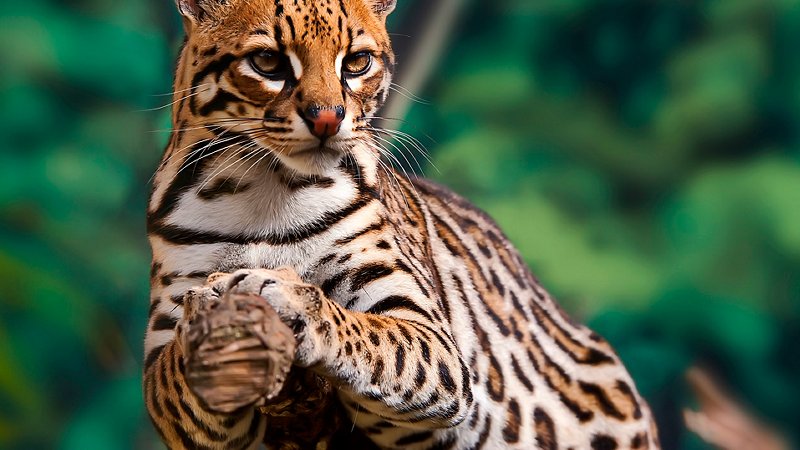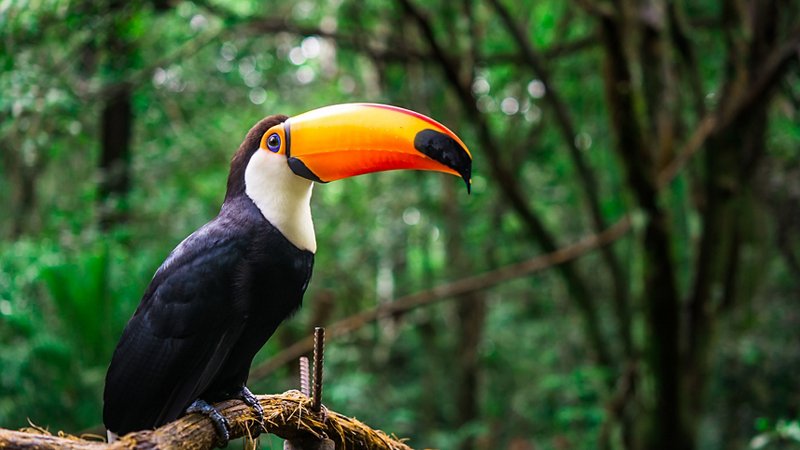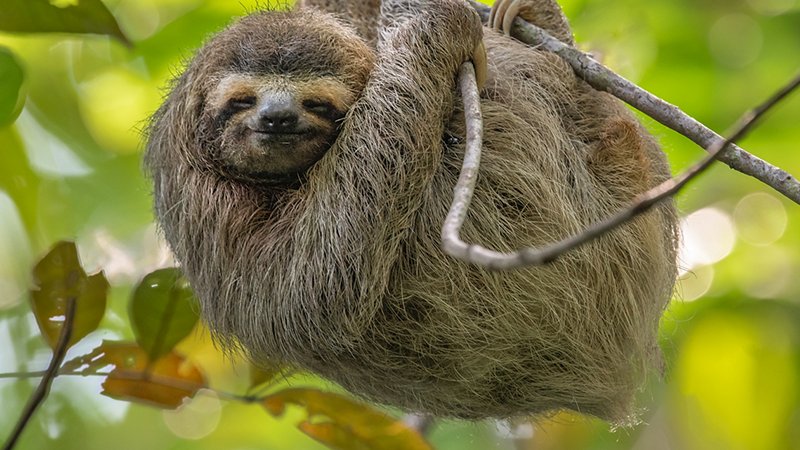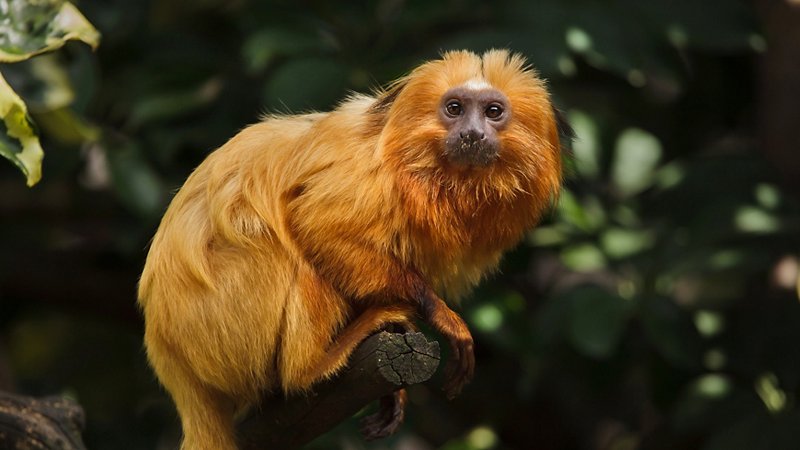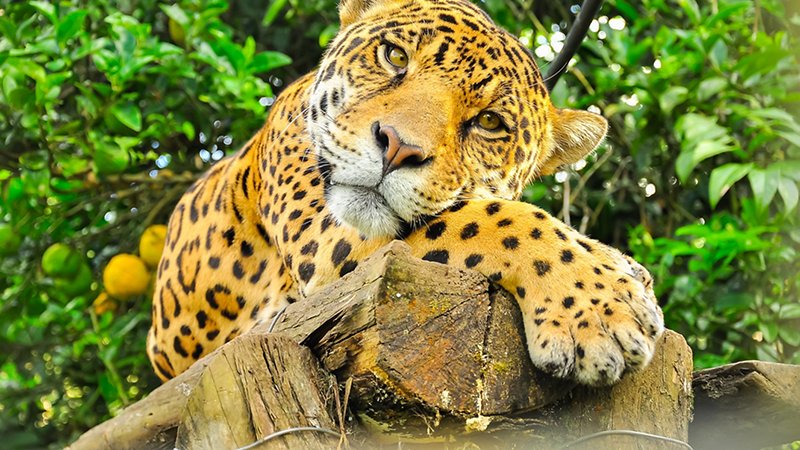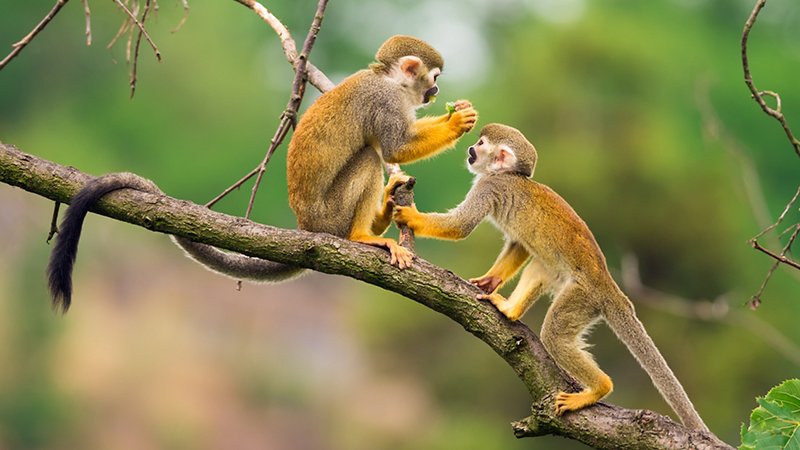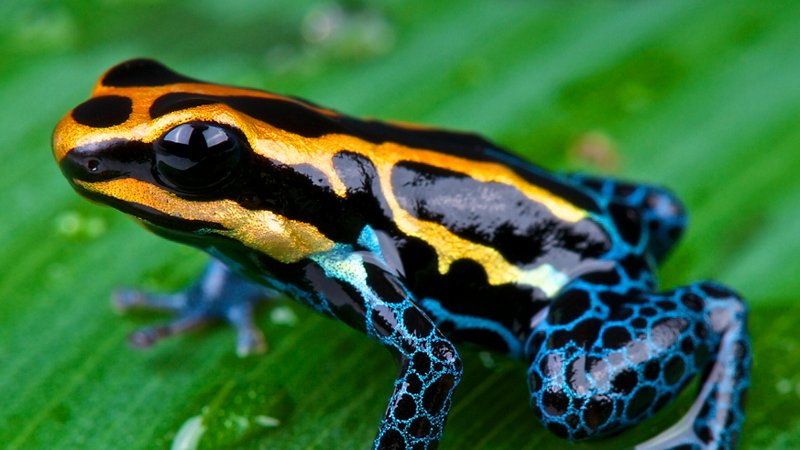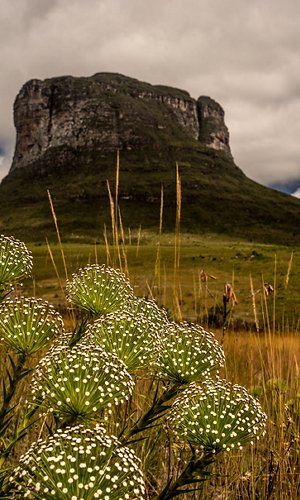According to FAO the definition of deforestation is closely related to the definition of forest. Infact, a forest is determined by the presence of trees and absence of forms of use which prevail in territories different from forests. FAO believes a “forest” is a part of land superior to 0,5 hectares, characterised by the presence of trees with a minimum 10% cover and a potential in situ height of at least 5 metres. A forest, therefore, doesn’t include all those lands which, although included in the definition above, are employed mainly for agricultural or urban use. Deforestation is defined as the conversion of a forest to another form of use of the territory for example for agricultural, cattle breeding, extraction, building or infrastructural purposes) or the reduction in the long term of forest cover below a 10% limit (FAO, 2001).

